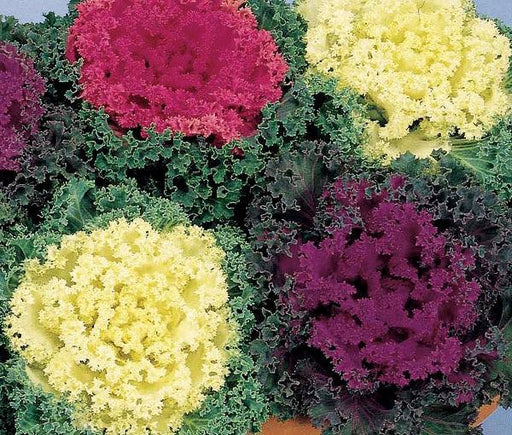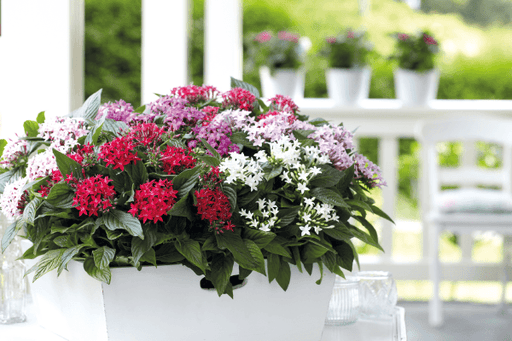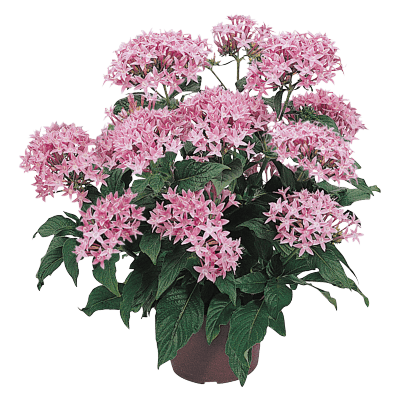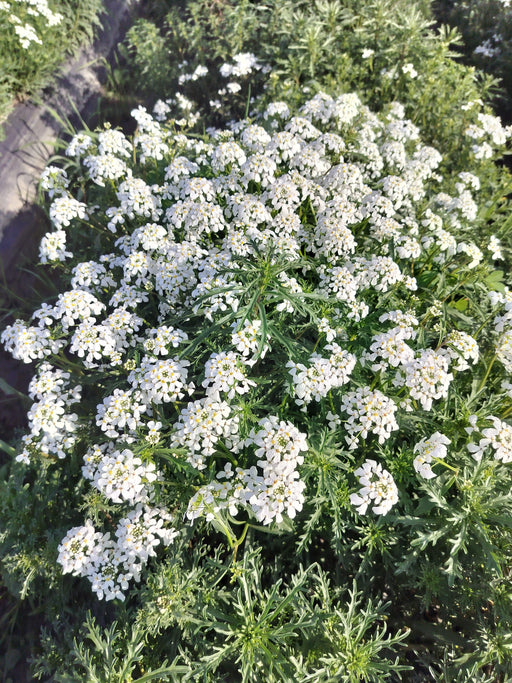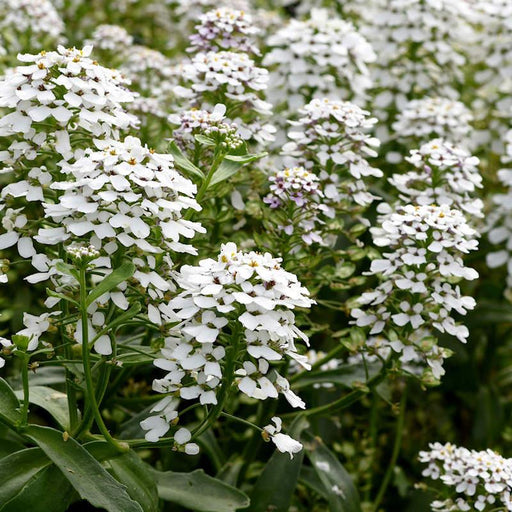
Superior look in farmers' garden and excellent as cutflower
Culture guide
Usage
Background plant, cut flower
Sowing method
2-3 seeds per plug
Germination
12-18 days at 21-24 °C (70-75 °F), in media with low soluble salt levels and pH 5.5-6.5. Cover seed with vermiculite, sand or substrate after sowing. Keep soil slightly moist but not wet.
Growing on
4-6 weeks after sowing transplant 1 plant into a pot 8-10 cm (3-4’’) and 4-6 weeks later transplant into a container 5-10 l (1,5-2,5 gallon). For flowering pot production ensure good pot size, to encourage root growth, thus improving plant quality. Plant cut flowers in 25 x 25 cm (10 x 10’’) space (annual production) or 50 x 50 cm (20 x 20’’) (perennial production). Strain wires alongside the plants for the spikes.
Media
Use a well-drained, growing substrate with 10-30 % clay, 0-15 % parts (e.g. bark, sand, perlite), 1-2 kg /m³, complete balanced fertilizer. 2-4 kg/m³ slow release fertilizer (3-9 months), iron-chelate, micronutrients, pH 5.5-6.5. Field: well-drained, moderate nutrition supply, humus, loamy soils. Standard fertilization: 60-80 g/m² slow release fertilizer (potassium balanced). Do not improve the soil with peat. Keep the soil open.
Temperature
Grow at 15-18 °C (59-64,5 °F) or outdoors. In winter indoors frost free at 3-5 °C (37,5-41 °F) or outdoors. Outdoor fleece cover and dry substrate needed. In spring the plants start to grow for 10-12 weeks at 15-18 °C (59-64,5 °F). A chilling period for flower initiation is not required.
Fertilization
High fertilization levels are required. Fertilize the crop weekly with 100-150 ppm nitrogen (at 2 kg/m³ slow release fertilizer in substrate), using a complete balanced fertilizer. Avoid high ammonium and high nitrogen levels. Don't fertilize after flowering or after early September. In spring fertilize with 100-150 ppm nitrogen using a complete balanced fertilizer. Prevent magnesium deficiency by applying magnesium sulphate (0,05 %) 1-2 times and in case of Iron deficiency apply iron-chelate for 1-2 times. The fertilization with slow release fertilizer is preferred to fertilization with complete balanced fertilizer, because the roots are very sensitive to high salt levels in substrates. Avoid high fertilizer concentrations, it is advisable to fertilize several times with low concentrations weekly. Field: After harvest fertilize the plant additionally with 60-80 g/m² of a slow release and potassium balanced fertilizer. Don't fertilize after flowering.

